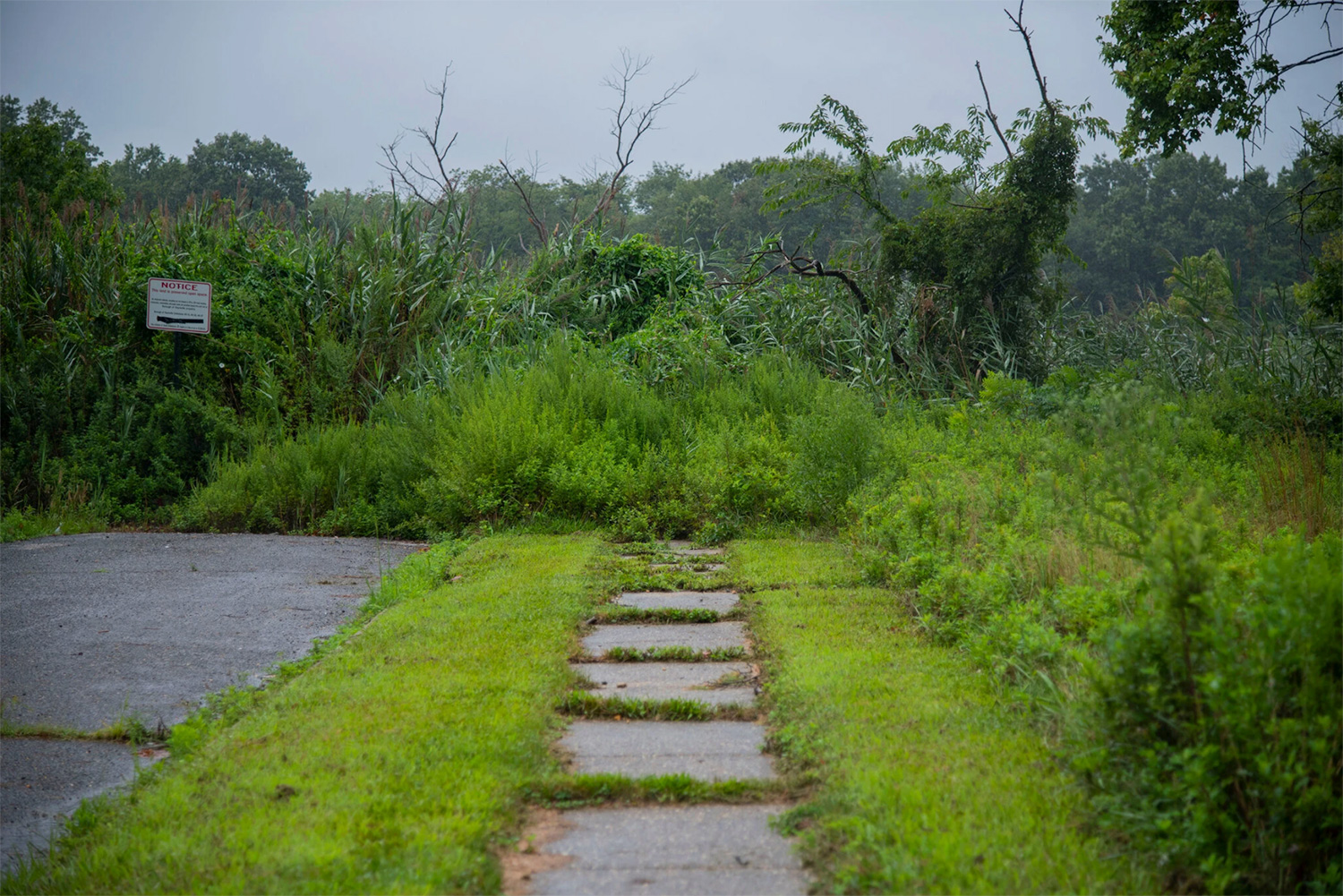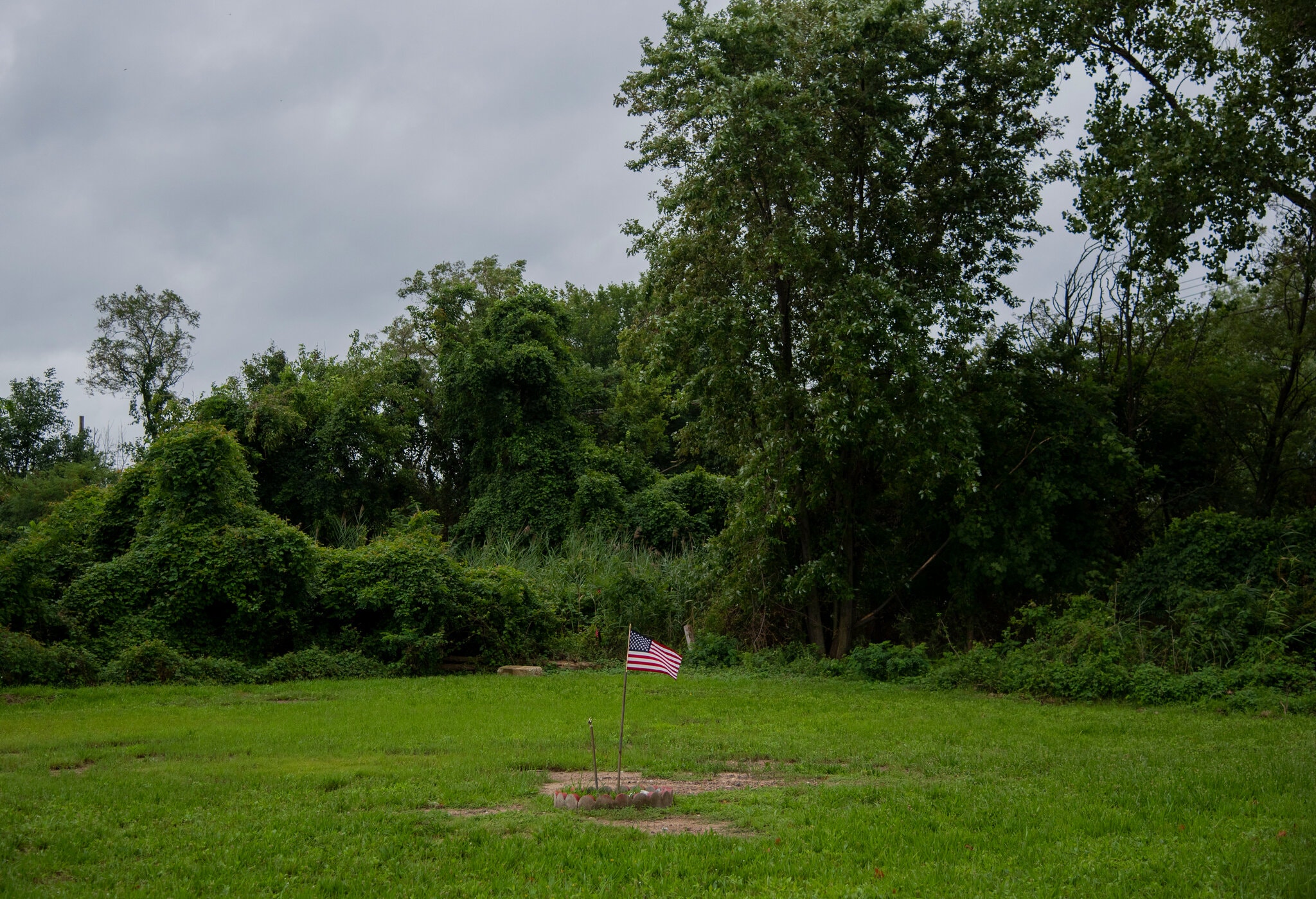
This week’s one-two punch of Hurricane Laura and Tropical Storm Marco may be extraordinary, but the storms are just two of nine to strike Texas and Louisiana since 2017 alone, helping to drive a major federal change in how the nation handles floods.
For years, even as seas rose and flooding worsened nationwide, policymakers stuck to the belief that relocating entire communities away from vulnerable areas was simply too extreme to consider — an attack on Americans’ love of home and private property as well as a costly use of taxpayer dollars. Now, however, that is rapidly changing amid acceptance that rebuilding over and over after successive floods makes little sense.
The shift threatens to uproot people not only on the coasts but in flood-prone areas nationwide, while making the consequences of climate change even more painful for cities and towns already squeezed financially.
This month, the Federal Emergency Management Agency detailed a new program, worth an initial $500 million, with billions more to come, designed to pay for large-scale relocation nationwide. The Department of Housing and Urban Development has started a similar $16 billion program. That followed a decision by the Army Corps of Engineers to start telling local officials that they must agree to force people out of their homes or forfeit federal money for flood-protection projects.
Individual states are acting, too. New Jersey has bought and torn down some 700 flood-prone homes around the state and made offers on hundreds more. On the other side of the country, California has told local governments to begin planning for relocation of homes away from the coast.
“Individuals are motivated. They’re sick of getting their homes flooded,” said Daniel Kaniewski, who until January was FEMA’s deputy administrator for resilience. “It’s not easy to walk away from your neighborhood. But it’s also not easy to face flooding on a regular basis.”
Laura, a Category 4 Hurricane with winds as strong as 140 miles per hour, is expected to make landfall near the Texas-Louisiana border overnight, causing what the National Hurricane Center called an “unsurvivable storm surge” of 15 to 20 feet along parts of the coast and reaching as much as 30 miles inland. City and county officials in Texas and Louisiana have issued evacuation orders affecting about 500,000 residents.
The federal government has long paid to buy and demolish individual flood-damaged homes. What’s different is the move toward buyouts on a much larger scale — relocating greater numbers of people, and even whole neighborhoods, and ideally doing it even before a storm or flood strikes.
Officials’ increasing acceptance of relocation, which is sometimes called managed retreat, represents a broad political and psychological shift for the United States.
Even the word “retreat,” with its connotations of defeat, sits uncomfortably with American ideals of self-reliance and expansion. “‘Managed retreat’ is giving up. That’s un-American,” said Karen O’Neill, an associate professor of sociology at Rutgers University, in explaining why the concept seemed unthinkable until recently.

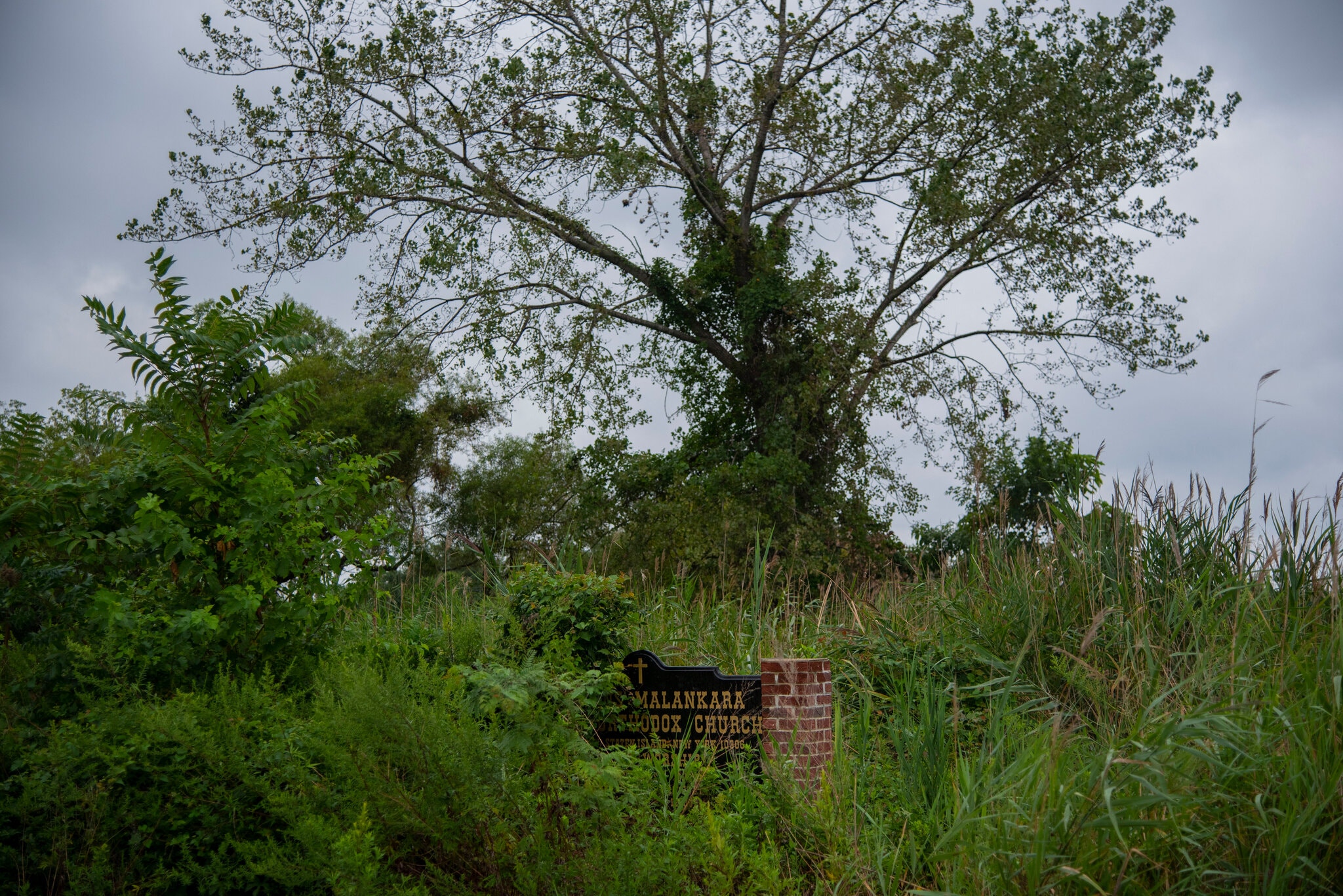

But that view has been blunted by years of brutal hurricanes, floods and other disasters, as well as the scientific reality that rising waters ultimately will claim waterfront land. In the latest National Climate Assessment, issued in 2018, 13 federal science agencies called the need to retreat from parts of the coast “unavoidable” in “all but the very lowest sea level rise projections.”
All of that, coupled with the growing cost of recovery (federal spending on disaster recovery has totaled almost half a trillion dollars since 2005) has led to the realization that some places can’t be protected, according to government officials and scientists. The shift is all the more remarkable for occurring during the presidency of Donald Trump, who has called climate change a hoax and rolled back programs to fight global warming.
The Obama administration began experimenting with relocation after Hurricane Sandy in 2012, paying for programs in Staten Island and New Jersey designed to buy and demolish large numbers of flooded homes to create open space as a buffer during storms. In 2016, it gave Louisiana $48 million to relocate the residents of Isle de Jean Charles, a village that had lost most of its land to rising seas and erosion.
Yet the administration never managed to apply that approach nationally.
In December 2016, just weeks before President Obama left office, the White House created without public notice a working group on managed retreat, made up of senior officials from 11 agencies, to figure out how to move communities threated by climate change. Once President Trump took office, that effort was abandoned.
But that was before Hurricane Harvey devastated Texas in 2017, the first in a series of disasters that much of the country is still trying to recover from. Since then, despite President Trump’s dismissiveness of climate change, the agencies under his control have accelerated their push toward relocation amid demand from households eager to leave vulnerable homes, as well as officials looking for alternatives to endlessly rebuilding in place.
Last summer, HUD detailed a disaster-mitigation program that offers $16 billion for “large-scale migration or relocation” and other steps. North Carolina, South Carolina and Texas have since said they want to use that money to fund buyouts, the purchasing and demolishing of homes exposed to storms, among other things.
For places that can’t affordably be protected, “we’ve got to look at how we prospectively relocate people,” said Stan Gimont, who helped create the program as deputy assistant secretary for grant programs until he left the department last summer.
The Army Corps of Engineers, which also funds buyouts, has begun pursuing them more aggressively. Those buyouts used to be voluntary: Residents who didn’t want to sell their houses could stay, even if the Corps’ analysis said moving made more sense.
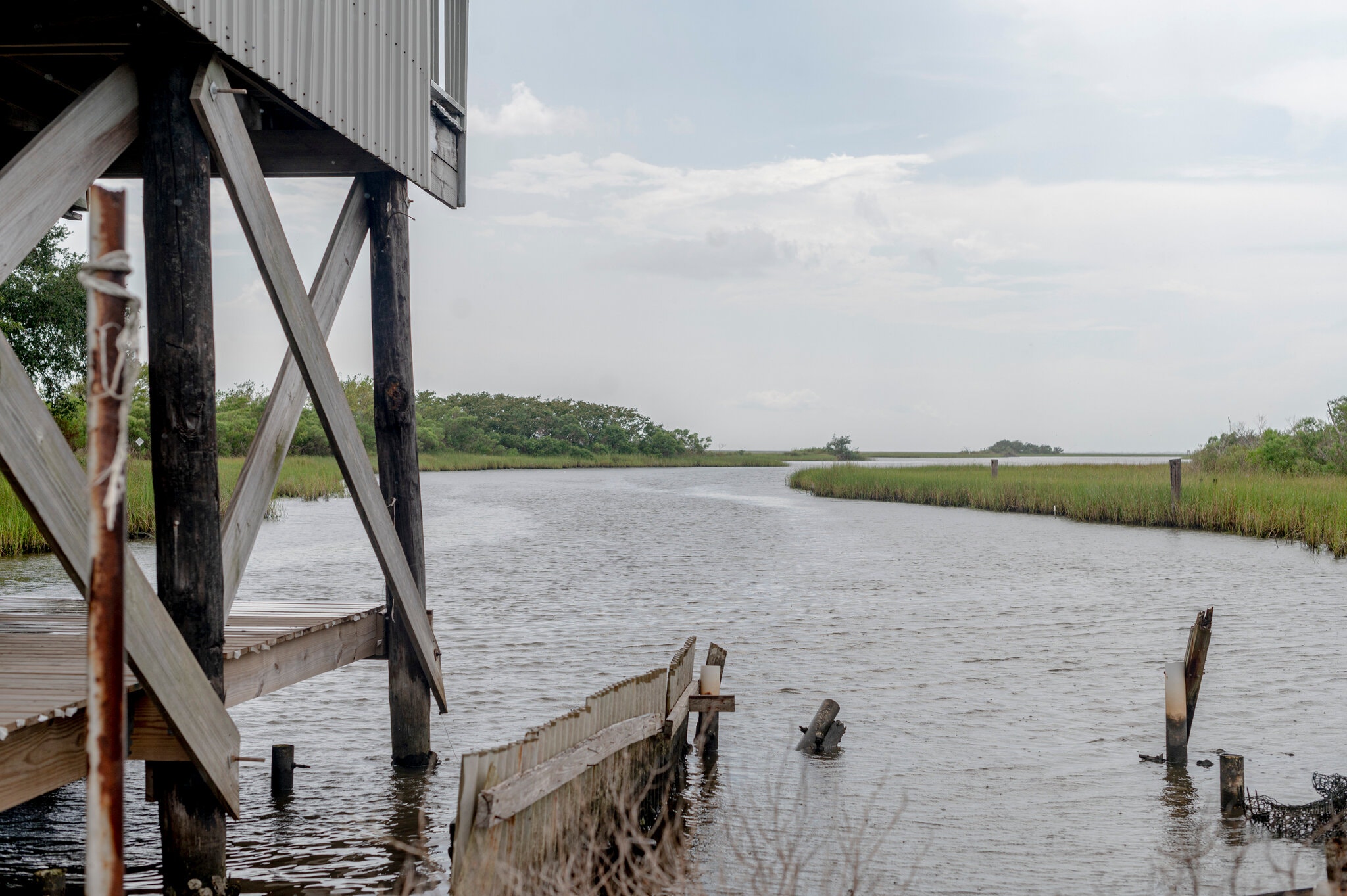
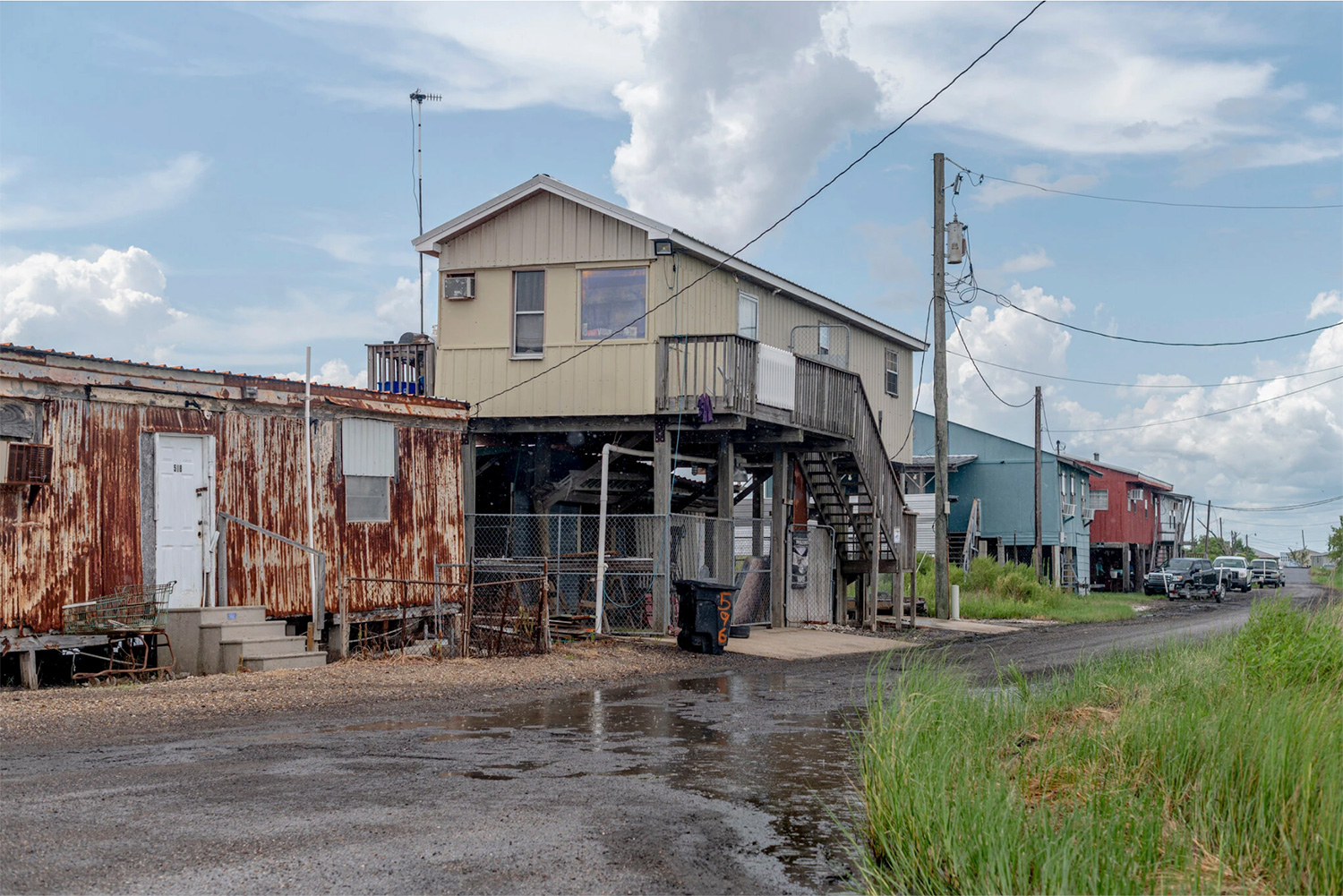

But the Corps has recently changed its position, insisting that cities and counties agree, up front, to use eminent domain to force people from their homes to qualify for Corps-funded buyouts.
Joe Redican, deputy chief of the planning and policy division for the Corps, said his agency had found that, in some areas, keeping people safe over the long run was more affordable by purchasing homes than by building new infrastructure to protect them.
The latest evidence of the shift toward relocation came this month, when FEMA made public the details of its new grant program. As with the new HUD program, one way cities and states can use the money is for “larger-scale migration or relocation.” Rather than just buying and demolishing a handful of individual homes, the agency told state and local officials to consider how they would protect whole communities from future harm.
The program, which also pays for building codes, new infrastructure and other projects, “is a transformational opportunity to change the way the nation invests in resilience,” said David Maurstad, FEMA’s deputy associate administrator for insurance and mitigation. “FEMA can now support communities with investing in much larger-scale mitigation efforts.”
In Louisiana, officials describe a new willingness to plan for pulling back from the coast.
“That’s not a conversation that we were comfortable having, as a state or as a series of vulnerable communities, say, five years ago,” said Mathew Sanders, the resilience policy and program administrator at Louisiana’s Office of Community Development. “It’s now a conversation that we can have.”
The project to relocate people from Isle de Jean Charles, which his office manages, offers a blueprint for retreat. After years of sometimes contentious public consultations, construction started this May on what’s being called The New Isle, some 30 miles to the north. All but a handful of households have said they will leave Isle de Jean Charles.
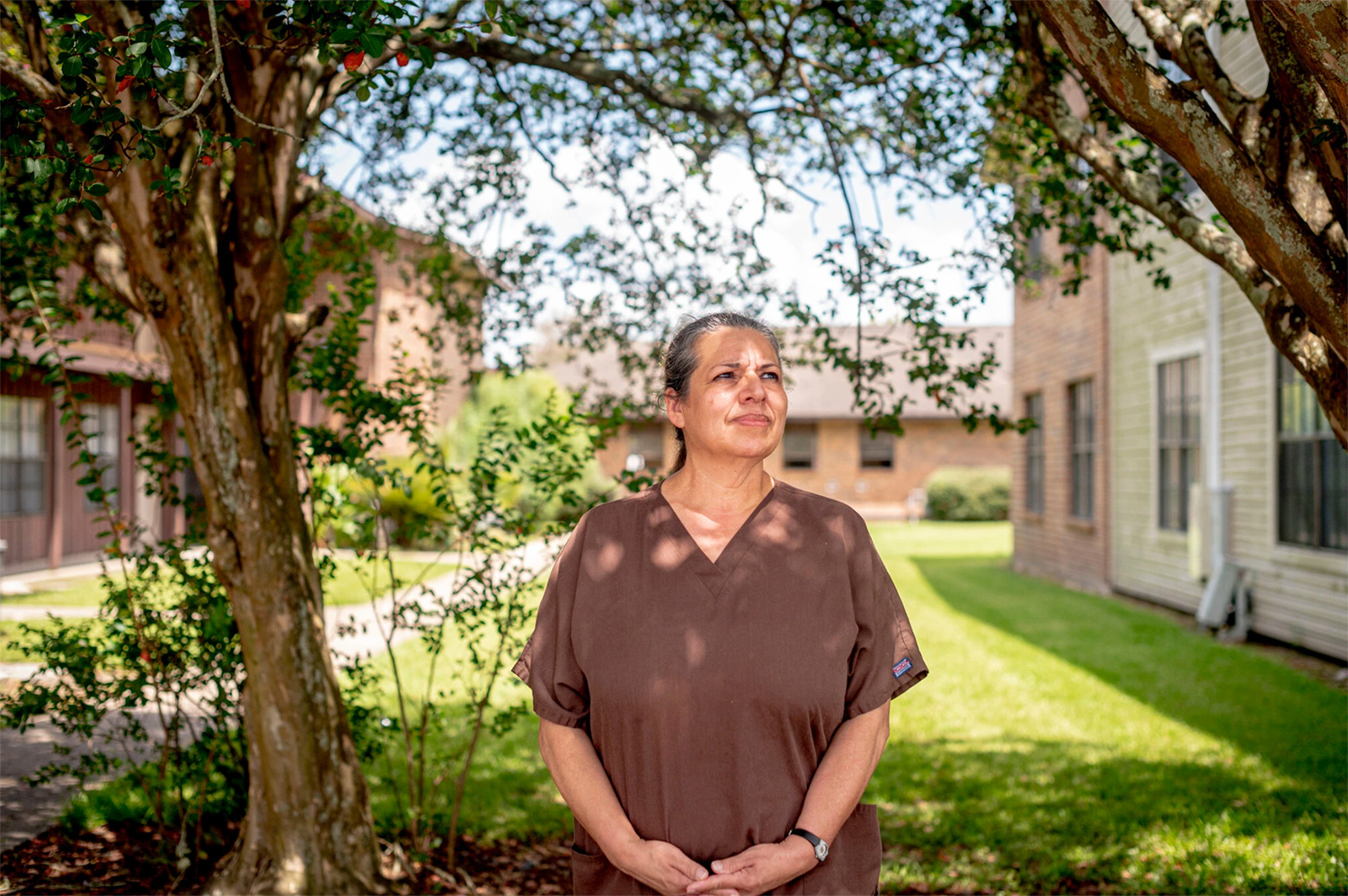
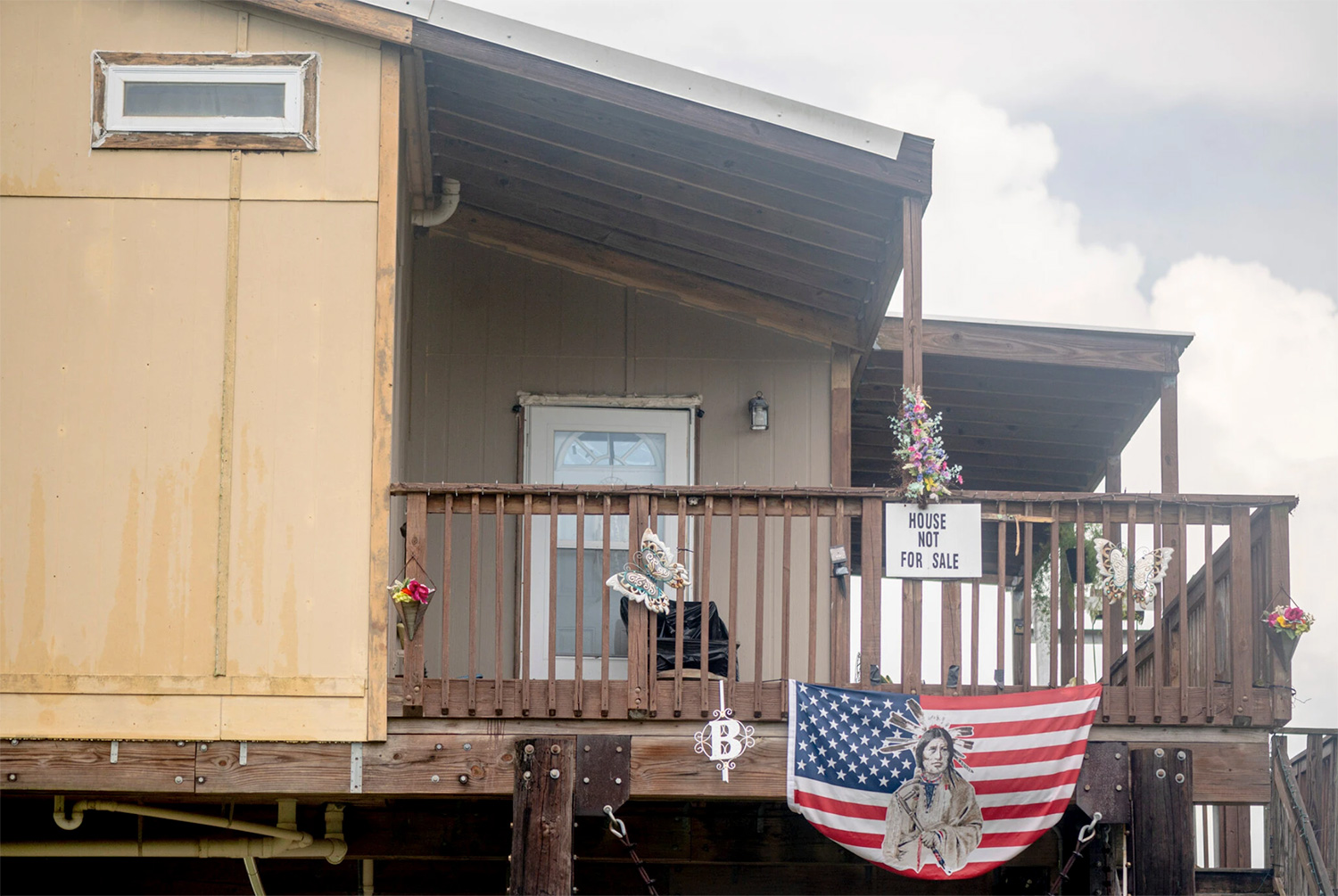

Joann Bourg recently moved off the island into a temporary apartment nearby, paid for by the state, while she waits for The New Isle to be finished. She recalled always needing to keep a backpack ready, for whenever the next storm or flood forced her from her home. “I don’t have to do that no more,” Ms. Bourg said.
“That’s family land,” she said of the property she will be leaving behind. “But I don’t miss all the water. I don’t miss having to evacuate.”
Most residents of Isle de Jean Charles are American Indians. Chris Brunet, a member of the Biloxi-Chitimacha-Choctaw Tribe who still lives on the island, said he initially worried that moving would mean surrendering that identity, which is tied to the land his ancestors lived on. “I wanted to make sure that I could bring that with me,” Mr. Brunet said.
He eventually decided he could maintain that identity in the new community — something he described as a long process of coming to terms with leaving.
On Sunday, Mr. Brunet left his home ahead of this week’s storms. He said most of the other remaining residents had evacuated the island as well.
Isle de Jean Charles is unlikely to be an isolated case. Last year, Louisiana issued a sweeping strategy for its most vulnerable coastal parishes, laying out in great detail which parts would likely be surrendered to the rising seas, and also how inland towns should start preparing for an influx of new residents.
“We don’t have ready-made solutions,” Mr. Sanders said. But talking openly about retreat, he added, can produce “better outcomes than if we do nothing.”
